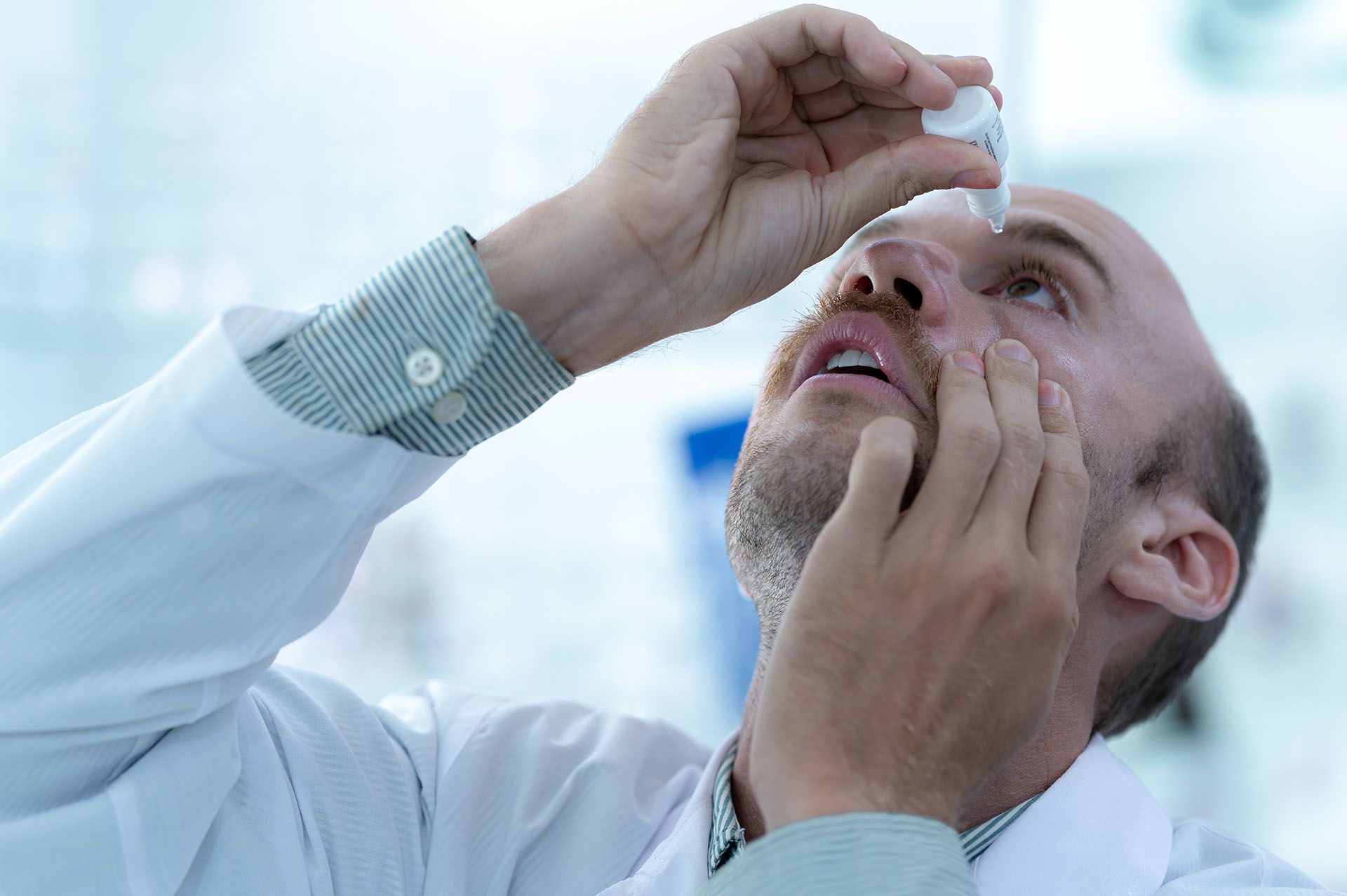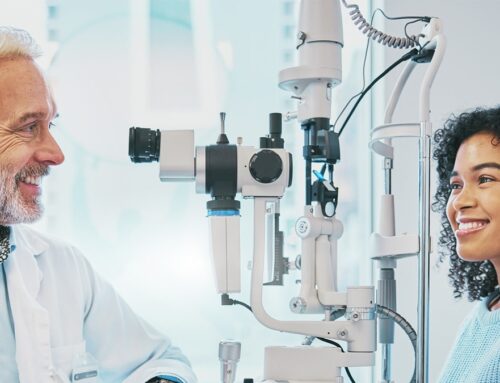I am willing to bet that many people assume that cataracts can only affect only older people and progress with age. It is also important to note that cataracts can affect people of different ages, including children. They present themselves in the same way by changing the eyes’ lens so that it can result in a cloudy or misty vision.
In children, cataract can be a result of genetics, and when it is inherited, it starts to grow slowly, and in time the child starts having difficulty with their sight. Even in children, the right and most common treatment for cataracts is surgery so that the lens can be removed and replaced with one that is clearer. This will improve the child’s vision, and they can continue with their everyday life again, seeing clearly with the new artificial lenses.
A childhood cataract does not have to be inherited, although this is the case in many instances. The child can also develop cataracts after birth because of several reasons like injuries and other infections. No matter how the child gets cataracts, it is crucial to treat them early so that the eye doctor can treat them early enough.
Causes of cataract in children
It may be a rare occurrence, but cataracts in children are also possible and treatable if detected early enough. If the cataract is not treated or removed, it might result in other challenges and vision problems that may develop as they grow older.
Some children are born with cataracts, or they will develop them when they are still young. It may not be detected when the child has been born, but with time, the symptoms will start manifesting, and the doctors will be able to diagnose and treat it. In many cases, though, the cataract may not be noticeable through the naked eye, but a simple test can show that the child has cataracts to be treated.
Some of the significant causes of cataract in children are the following:
- Some genetic conditions, which may include Down syndrome
- The child might have inherited the condition from their parents. This may have caused the lens to grow abnormally.
- There could have some infections that the mother had when they were pregnant, which might have affected the child. Some of these infections are chickenpox and rubella.
- The child might have suffered an injury on the eye during or even after birth.
The symptoms of cataracts in children
To identify cataracts in children, you need to look out for several symptoms. This can be seen in one eye, and sometimes cataracts might also affect both eyes. Although it might be rare, it is vital to go to the doctor if you notice the following symptoms in your child:
The child will have poor vision due to cloudy patches in the eyes, which might develop and get bigger over time.
Sometimes the eyes might wobble or have a squint.
It is easy to spot cataracts when your child’s eyes are often checked and especially 72 hours after birth. The eye doctor can identify the cataract as it begins to develop before it spreads further so that your child can receive treatment fast enough. It would help if you got your child examined when they are at least 6-8 weeks old so that it is easy for your doctor to get the correct treatment for them.
When you keep a regular appointment with the ophthalmologist, it is easy for them to detect cataracts at an early stage. It would help if you kept in mind that cataracts can develop in children even after a while, and there are screening tests that will help diagnose the condition.
Any spot on the child’s eye can be because the child has a cataract, and early treatment can help reduce the risk of long-term vision issues later on in life.
Prevention and treatment of childhood cataracts
If the cataract is genetic, it may not be possible to prevent it, but genetic counseling will help the parents to know how to deal with the problem or condition when it occurs.
Sometimes, cataracts might not be too severe in kids and will not often affect the child’s vision, but eventually, they can affect the regular sight of the child.
Ophthalmologists may recommend surgery to replace the affected lens with an artificial lens. It may also be possible for the child to sear glasses after surgery because it may be unpredictable. There might also be a less clear vision in the affected eye even after the surgery.
Like any other operation, it is also good to note that this surgery has risks, and it will be best to ensure that you learn about them before the surgery.
You must have your child looked at early, especially if you have had cataracts in your family before, and it might have been inherited. Early detection is the best bet to protect your child’s eyes from permanent damage to the eyes.











